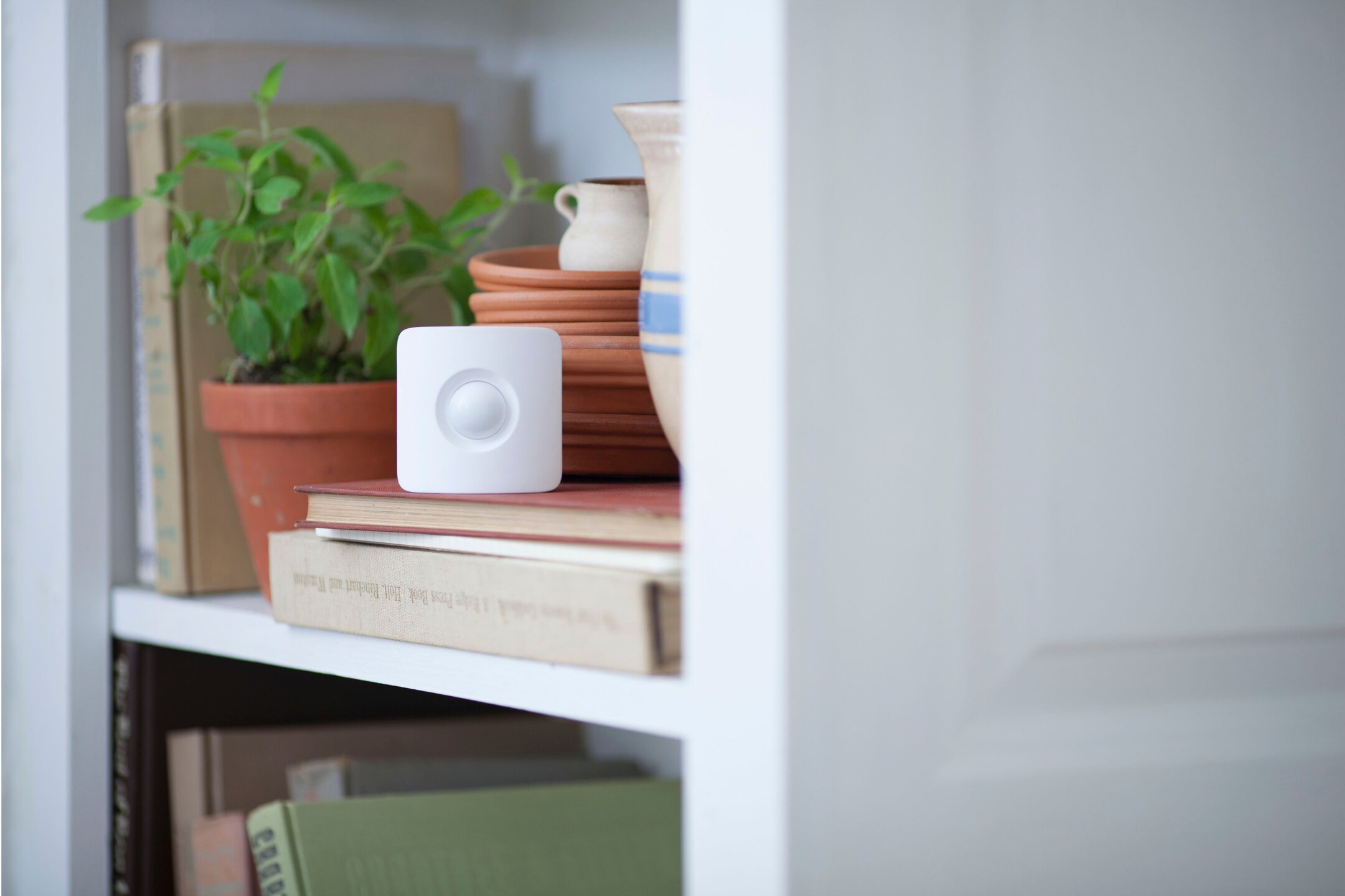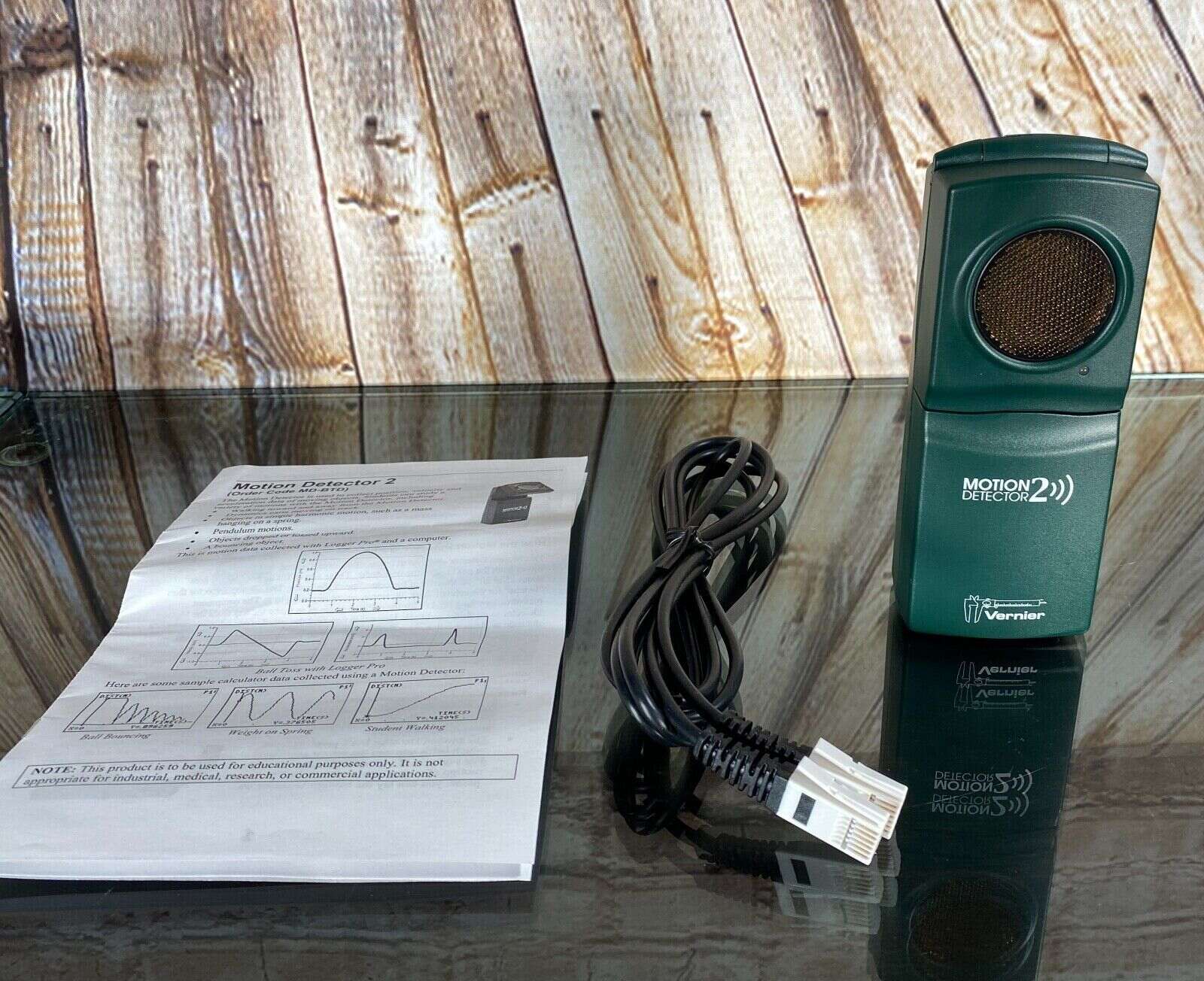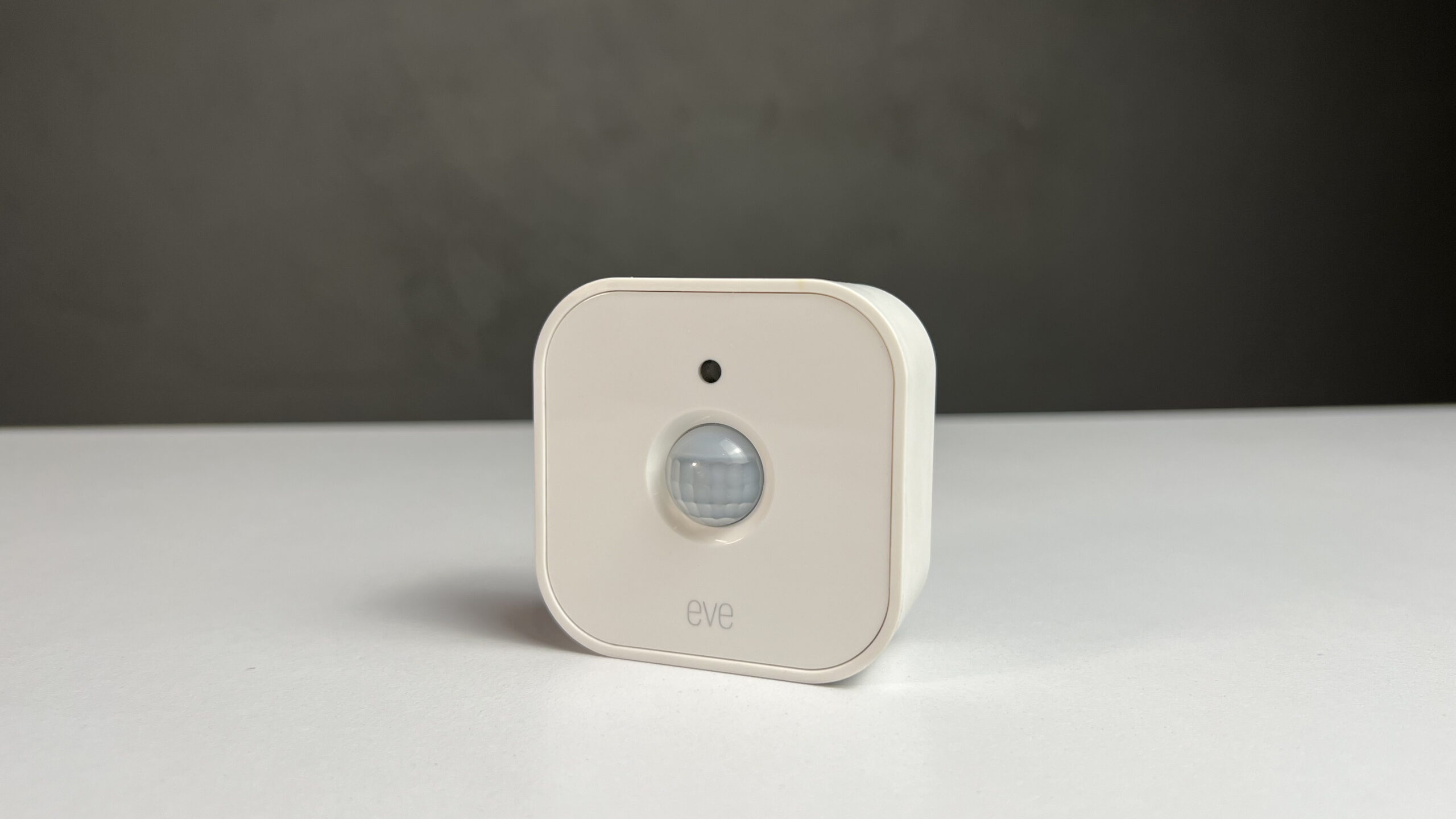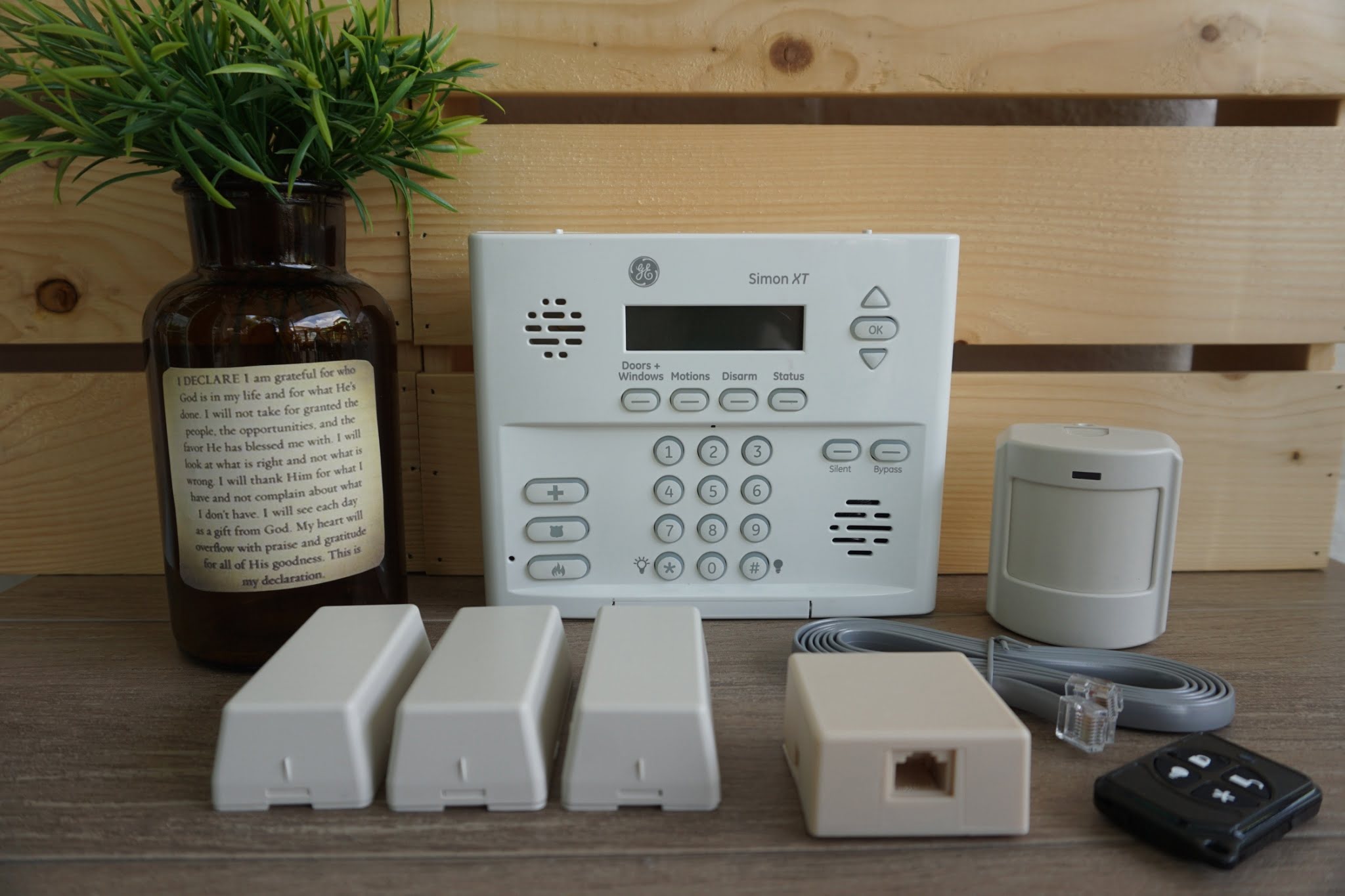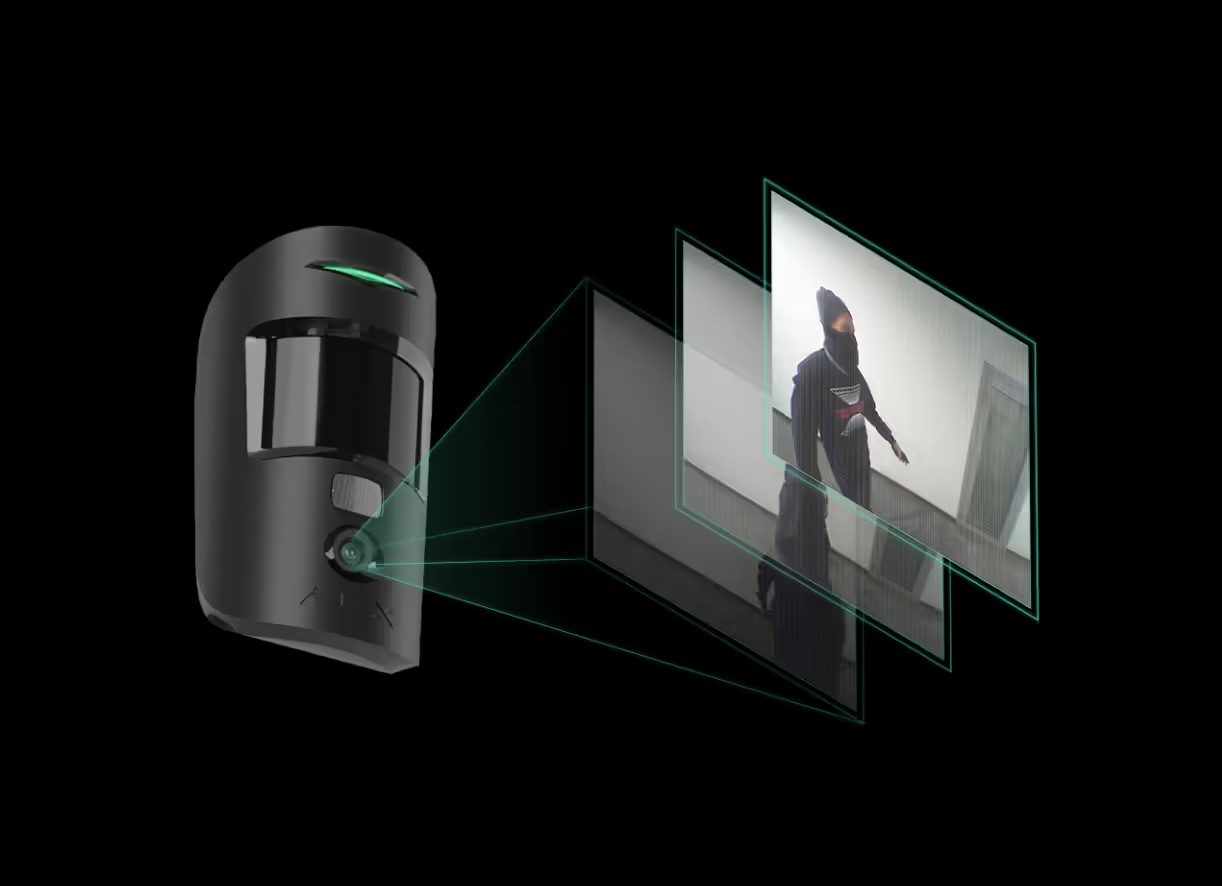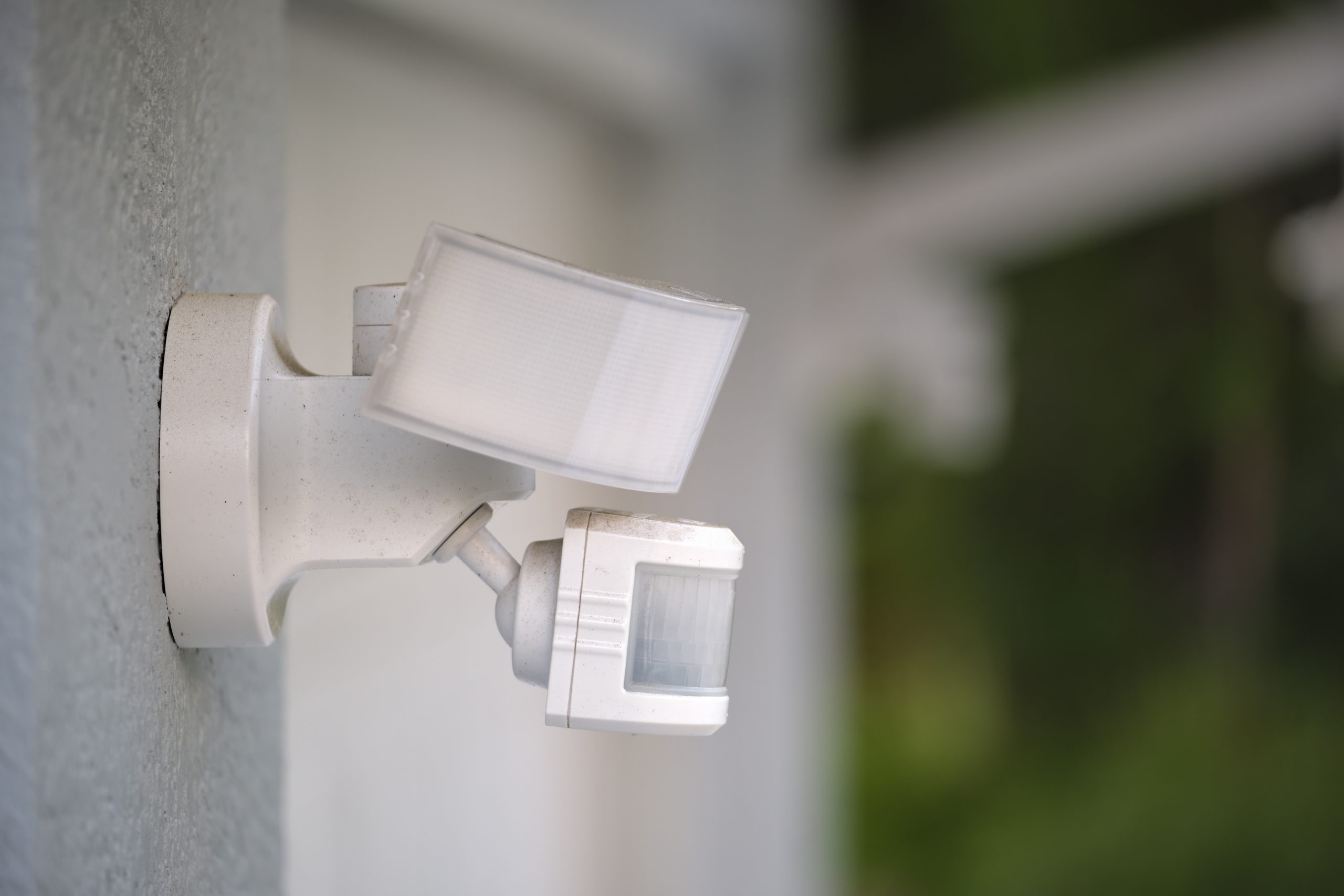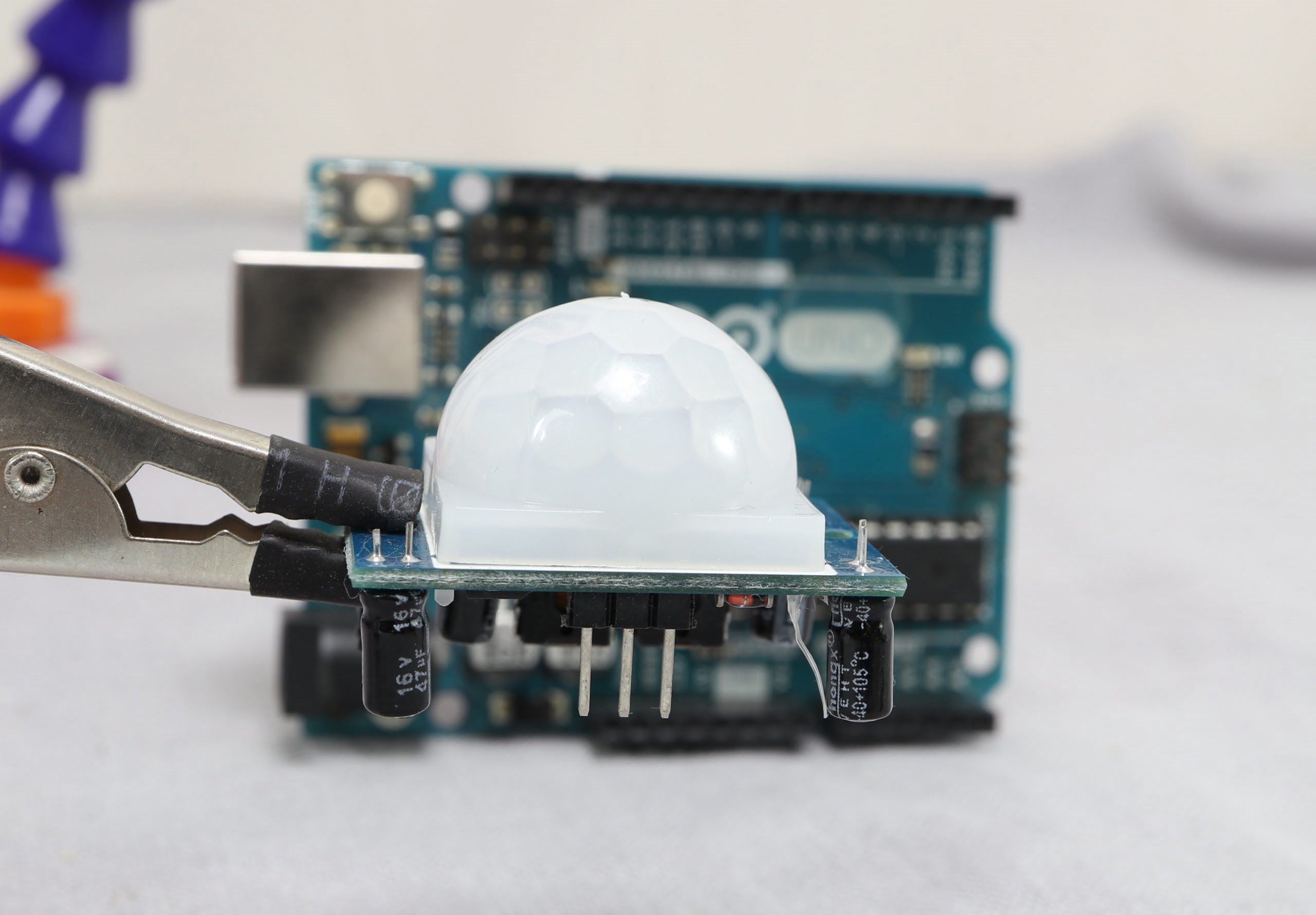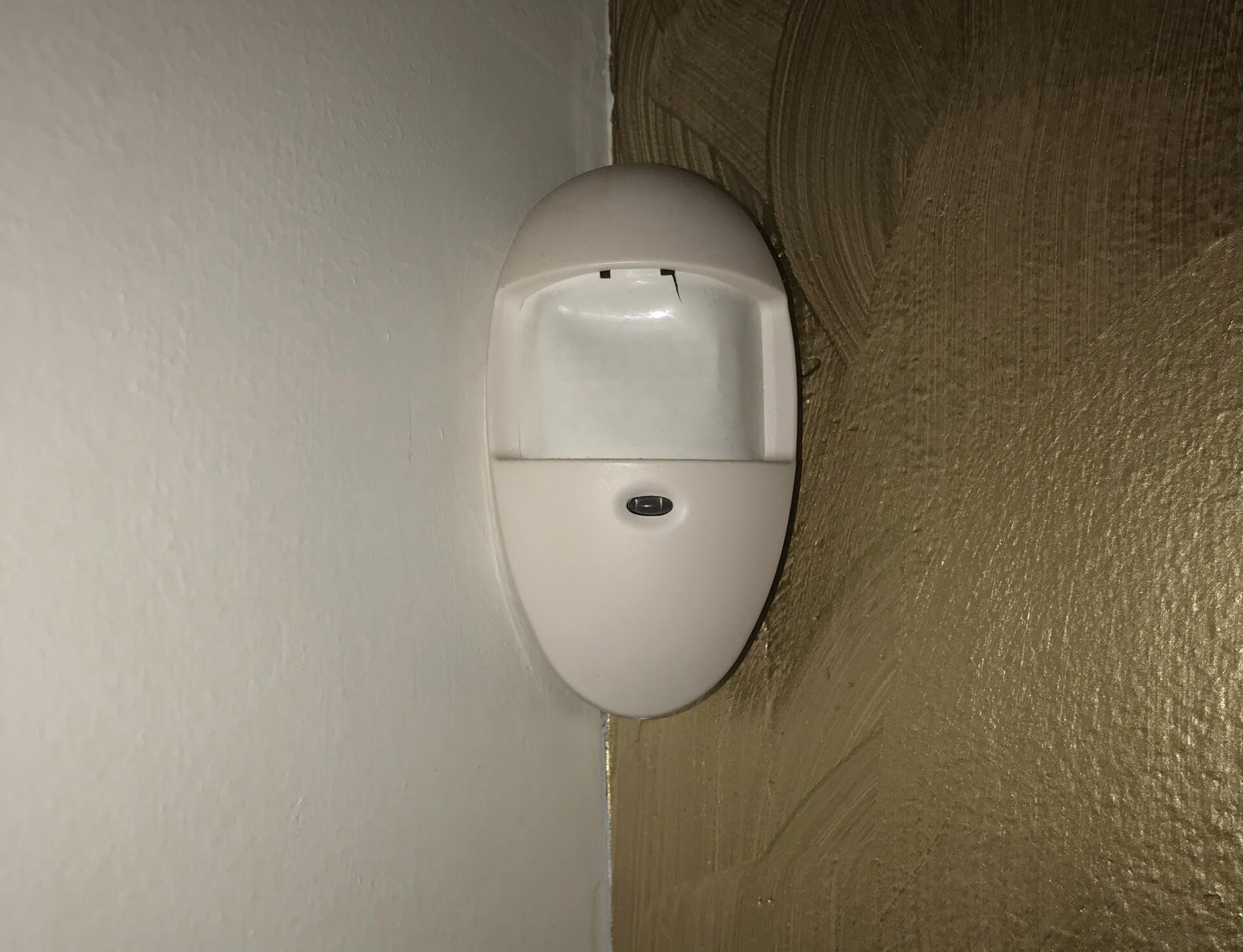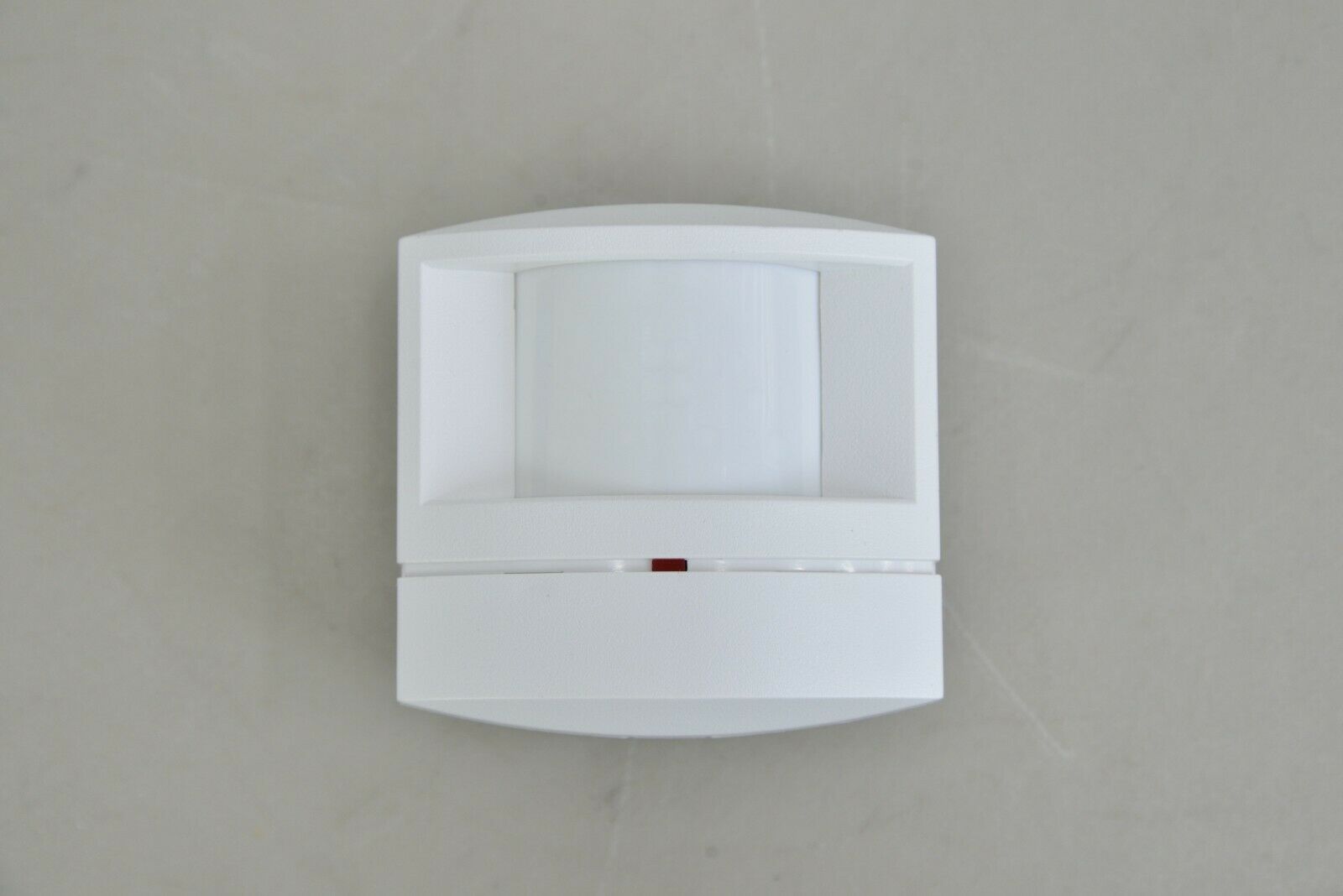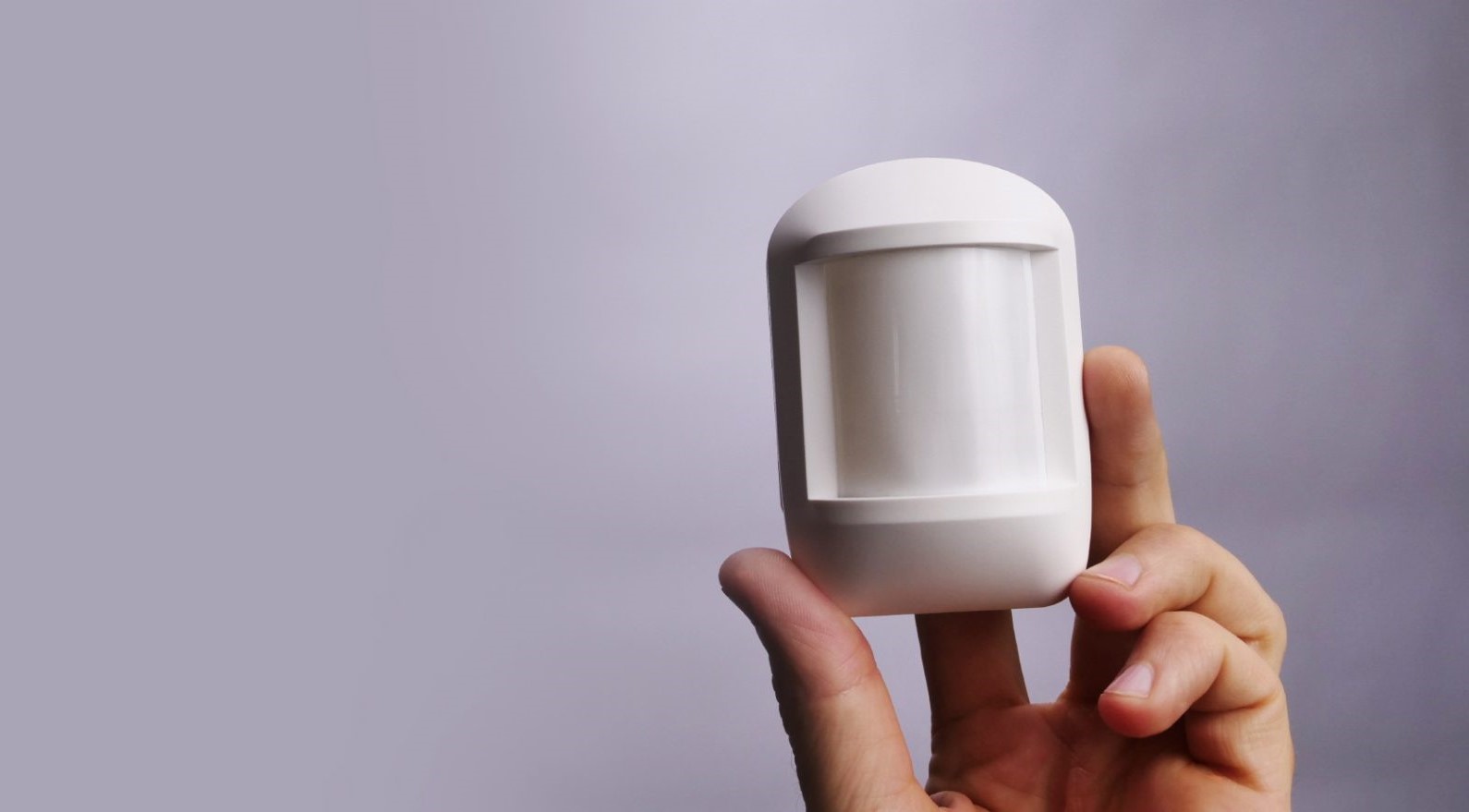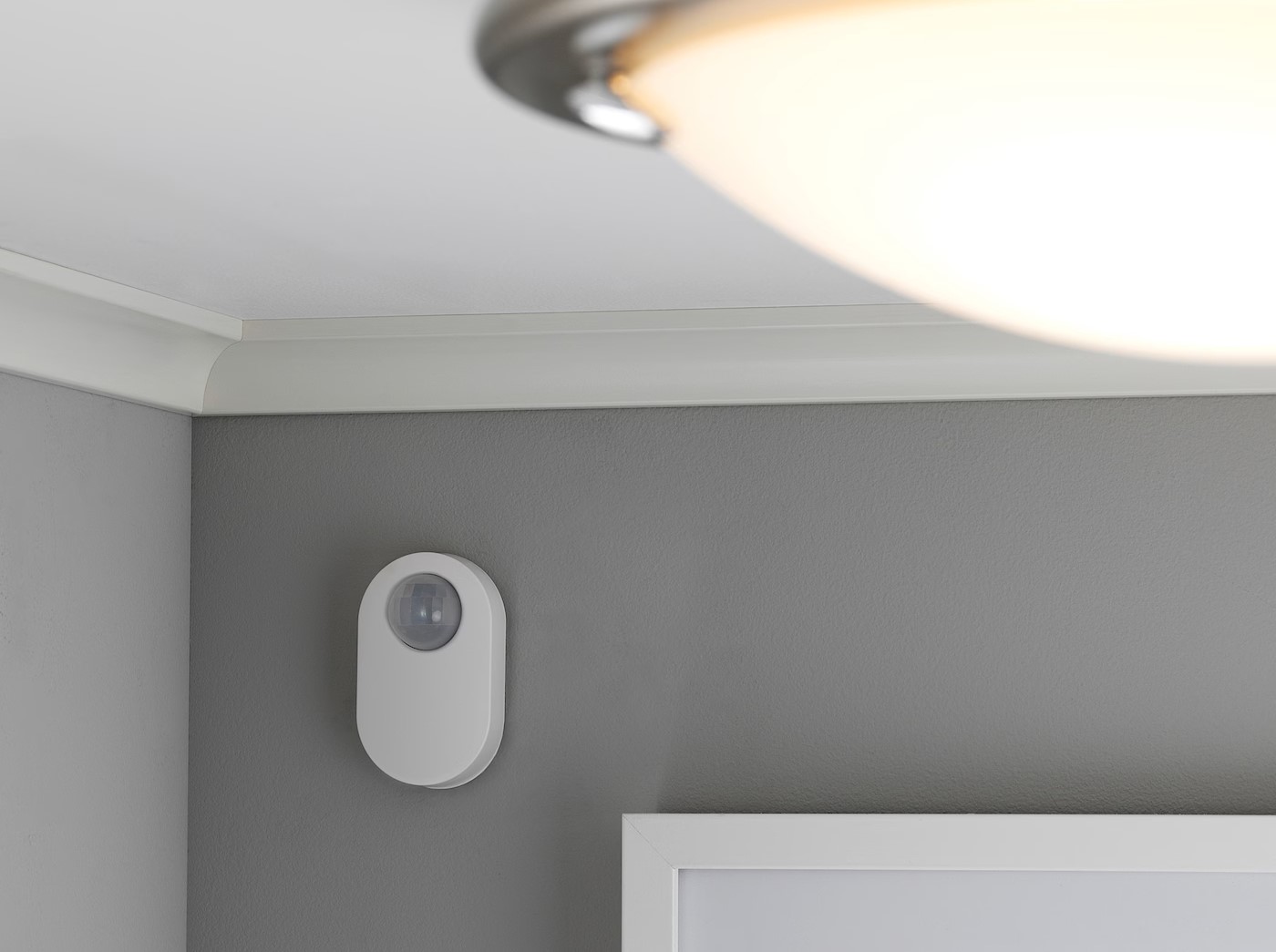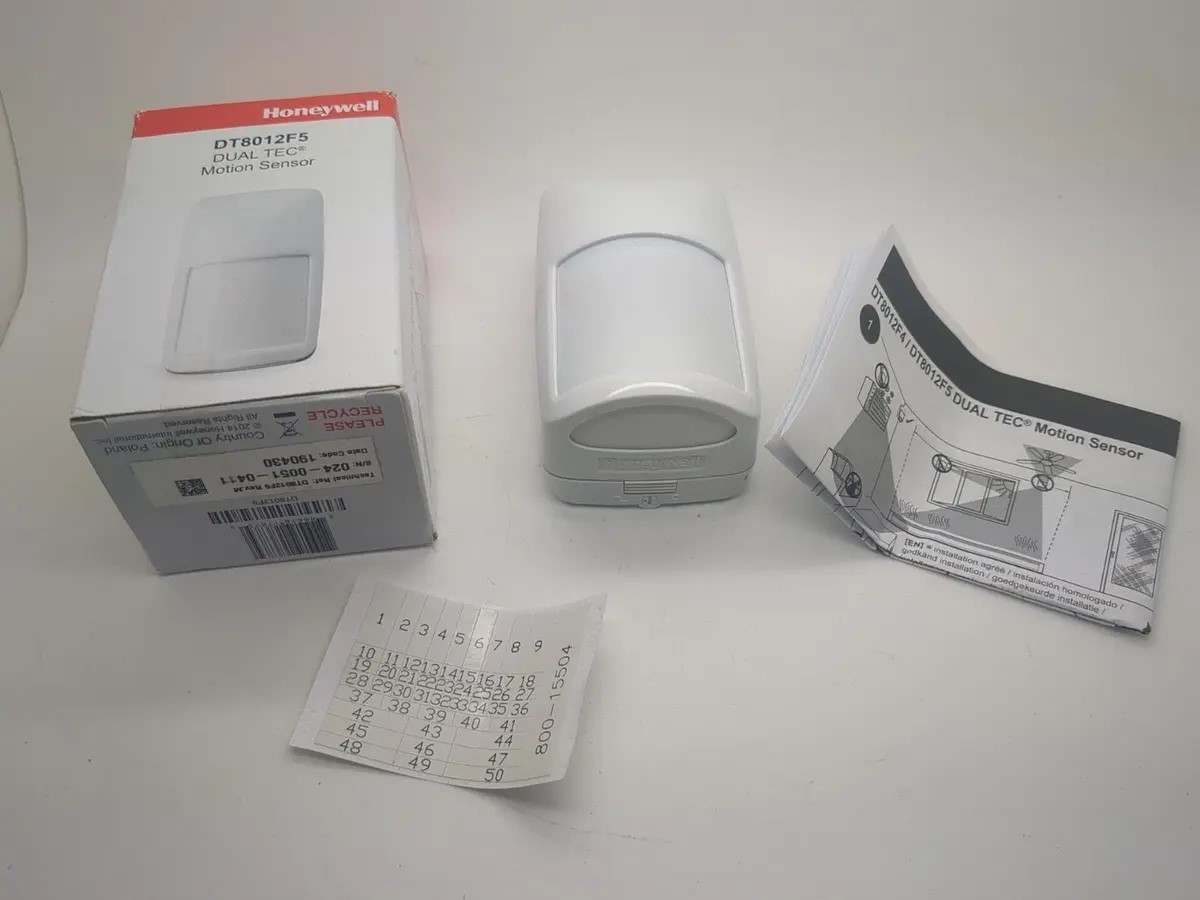Home>Home Security and Surveillance>What Is The Purpose Of The Test Setting On A Motion Detector
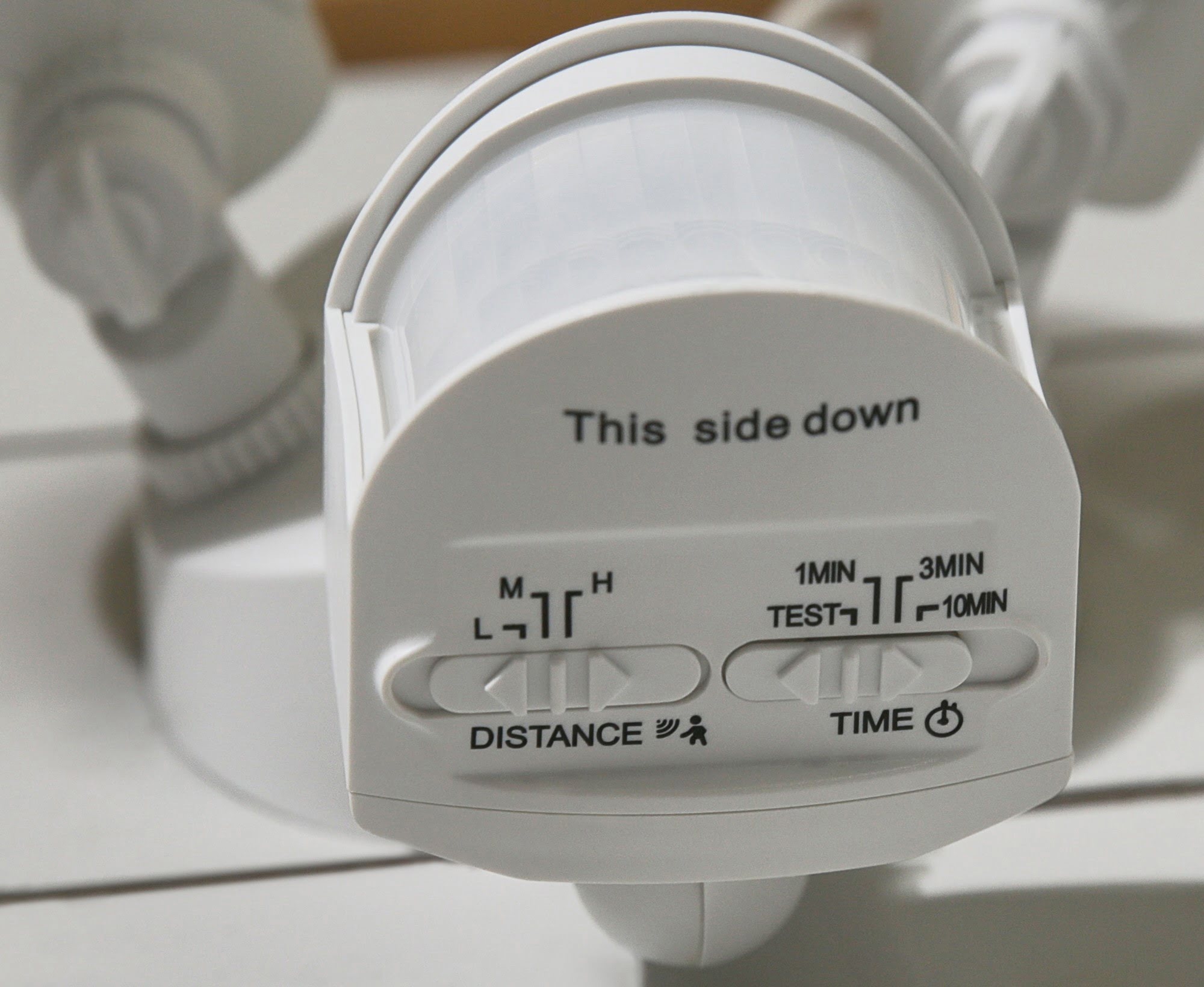

Home Security and Surveillance
What Is The Purpose Of The Test Setting On A Motion Detector
Modified: November 1, 2024
Discover the importance of the test setting on a motion detector for your home security and surveillance. Ensure your system is functioning properly with this useful feature.
(Many of the links in this article redirect to a specific reviewed product. Your purchase of these products through affiliate links helps to generate commission for Storables.com, at no extra cost. Learn more)
Introduction
Welcome to the world of home security and surveillance! In an age where safety and peace of mind are paramount, it’s crucial to have reliable security measures in place. One such measure that plays a vital role in safeguarding our homes is the motion detector. Whether you’re a homeowner or a business owner, understanding the functionalities and purposes of motion detectors is essential.
In this article, we will explore one specific aspect of motion detectors – the test setting. You might have come across this setting on your motion detector and wondered what its purpose is. We will delve deeper into the test setting, discuss its importance, and provide insights on how you can effectively use it to ensure optimal performance of your motion detector system.
So, let’s dive in and uncover the mysteries of the test setting on a motion detector!
Key Takeaways:
- Test setting on motion detectors helps check their range and functionality without triggering alarms, ensuring they cover the desired areas and detect motion accurately.
- Regular testing and maintenance of motion detectors are crucial to address issues like false alarms, poor detection range, and interference, maintaining optimal security.
Overview of Motion Detectors
Motion detectors, also known as motion sensors, are devices that are designed to detect movement in a specific area. They are widely used in home security systems, commercial security systems, and even in outdoor lighting systems. The primary function of a motion detector is to sense any motion within its range and trigger an appropriate response, such as activating an alarm or turning on lights.
There are various types of motion detectors available on the market, including passive infrared (PIR) sensors, ultrasonic sensors, microwave sensors, and dual technology sensors. Each type of detector operates using different principles, but they all aim to achieve the same goal – detecting motion.
When a motion detector is installed in a home security system, it serves as an extra layer of protection against intruders. By strategically placing motion detectors in key areas, such as entry points or hallways, homeowners can ensure that any movement within the monitored area will be detected and alert them of a potential threat. They also provide a level of convenience by automatically turning on lights when someone enters a room or triggering other smart home devices.
It’s important to note that motion detectors are not just limited to indoor use. Outdoor motion detectors are commonly used to detect any suspicious activity on the premises or to provide illumination in areas such as driveways, gardens, or parking lots. Outdoor motion detectors are typically weatherproof and provide a broader coverage range to monitor a larger area effectively.
Overall, motion detectors are a crucial component of any modern home security and surveillance system. They provide an added sense of security and give homeowners the peace of mind that their property is being monitored and protected.
Understanding the Test Setting
The test setting is a feature found on most motion detectors that allows you to check the functionality and range of the device without triggering a full-scale alarm or activating connected devices. When you activate the test mode, the motion detector goes into a special state where it simulates motion detection without actually sending an alert signal. This feature helps you assess the effectiveness and coverage range of the detector and ensure it is properly aligned and calibrated.
Typically, the test setting is activated by toggling a switch or pressing a designated button on the motion detector. Once activated, the motion detector enters a temporary testing mode for a certain duration, during which it will not trigger any alarms or perform any other actions associated with motion detection.
While in the test mode, you can walk around the monitored area or intentionally move objects within the range of the motion detector to see if it registers the activity correctly. It is important to note that the test mode does not reflect the full functionality of the motion detector system, such as communicating with the central control panel or activating additional security measures. It is solely meant to evaluate the detection capabilities and range of the individual motion detector.
The test setting is especially useful during the initial installation or when troubleshooting an existing motion detector system. It helps ensure that the motion detector is positioned correctly, covering the desired areas, and that its sensitivity is optimized to detect movement effectively. By using the test mode, you can identify any blind spots, adjust the detection range, or refine the positioning of the motion detector for maximum coverage.
Additionally, the test setting allows you to verify if the motion detector is affected by external factors that could potentially cause false alarms. For example, you can test if air currents from ventilation systems, direct sunlight, or nearby heat sources are triggering the detector incorrectly. By identifying and addressing these issues during the testing phase, you can minimize false alarms and improve the overall reliability of the motion detector system.
It is essential to consult the instruction manual or the manufacturer’s guidelines specific to your motion detector model to understand the details of the test setting. The testing procedure may vary depending on the brand and type of motion detector you have installed.
Importance of the Test Setting
The test setting on a motion detector plays a crucial role in ensuring the effectiveness and reliability of your home security system. Here are some key reasons why the test setting is important:
- Verification of Detection Range: The test setting allows you to verify the detection range of the motion detector. By physically testing the boundaries and coverage area, you can ensure that the detector is set up to detect motion in the desired zones. This helps guarantee that any movement within the designated range will be accurately detected and trigger the appropriate response.
- Identification of Blind Spots: Testing the motion detector using the test setting helps identify any blind spots or areas where the detector may have difficulty detecting motion. By walking around the monitored area or moving objects intentionally, you can determine if there are any locations where the detector fails to register activity. This information allows you to adjust the positioning or angle of the detector to eliminate blind spots and enhance the overall coverage.
- Optimization of Sensitivity: The test setting enables you to fine-tune the sensitivity of the motion detector. You can evaluate how the detector responds to different levels of motion and make adjustments to ensure that it is not overly sensitive, leading to false alarms, or too insensitive, resulting in missed detections. This optimization ensures that the motion detector is calibrated to the specific needs of your home or business environment.
- Minimization of False Alarms: False alarms can be a nuisance and may lead to complacency or unnecessary panic. The test setting allows you to identify potential causes of false alarms, such as external factors like moving plants, pets, or fluctuating lighting conditions. By testing the detector’s response to these variables, you can make necessary adjustments to reduce the occurrence of false alarms, improving the overall reliability of your security system.
- Assurance of Proper Installation: The test setting is particularly valuable during the installation process of a motion detector system. It helps verify that each individual detector is properly positioned and aligned according to the manufacturer’s specifications. This step ensures that all components of your security system are functioning optimally and provides peace of mind that your home or business is well-protected.
By utilizing the test setting on your motion detector, you can proactively address any potential issues, optimize the performance of your security system, and ensure that it remains an effective deterrent against intruders.
The test setting on a motion detector allows you to check if the sensor is working properly. When in test mode, the detector will ignore any motion and only focus on checking its own functionality.
Testing Procedure for Motion Detectors
Testing your motion detectors is an essential step in maintaining the security and functionality of your home surveillance system. Here is a step-by-step procedure to effectively test your motion detectors:
- Prepare the Testing Environment: Before you begin testing, ensure that the area where the motion detectors are installed is free from any obstructions or objects that could trigger false alarms. Close all doors and windows to prevent any interference from outside sources.
- Activate the Test Setting: Refer to the instruction manual or guidelines specific to your motion detector model to activate the test setting. It may involve flipping a switch, pressing a designated button, or using a smartphone app connected to your security system.
- Walk through the Monitored Area: With the test setting activated, walk through the monitored area, ensuring you move in various directions and at different speeds. This movement will simulate potential intruder activity, allowing you to assess the responsiveness of the motion detectors. Pay attention to any delays in detection or areas where the motion detectors fail to sense your movement.
- Test the Detection Range: Test the detection range of each motion detector by walking towards and away from it. This will help you determine the maximum range at which the detector can effectively detect motion. Take note of any areas where the detection range seems inadequate and adjust the positioning or sensitivity settings as needed.
- Observe the Alarm Response: As you test the motion detectors, observe the alarm response from your security system. Verify that the detection of motion triggers the appropriate alarms, such as sounding the alarm siren or sending alerts to your smartphone or security monitoring service. If any issues arise, check the configuration settings and ensure that the detectors are properly connected to the system.
- Test the Immunity to False Alarms: Introduce potential sources of false alarms, such as blowing air toward the detectors, activating nearby devices or appliances, or temporarily obstructing the motion detector’s view. These tests will assess the detector’s immunity to false triggers and help identify any environmental factors that may affect its performance.
- Record and Analyze the Results: Keep a record of the testing process, including any observations or adjustments made during the test. Assess the results and look for any patterns or recurring issues. This record will serve as a reference for future maintenance or troubleshooting of your motion detector system.
Keep in mind that regular testing and maintenance are crucial to ensure the ongoing reliability of your motion detectors. Aim to test your system at least once a month and after any renovations or changes in the monitored area. This proactive approach will help identify any issues early on and maintain an optimal level of security for your home or business.
Common Issues with Motion Detectors
Motion detectors are highly reliable components of home security systems, but like any electronic device, they can encounter some common issues. Being aware of these issues can help you troubleshoot and resolve them effectively. Here are some common problems you may encounter with motion detectors:
- False Alarms: One of the most frequent issues with motion detectors is false alarms. These can be triggered by factors such as moving plants, pets, or even changes in lighting conditions. To address false alarms, adjust the sensitivity settings, ensure that the detection range is properly adjusted, or consider using pet-immune motion detectors if you have pets.
- Poor Detection Range: If you notice that the motion detector’s detection range is inadequate, it may be due to misalignment or an obstruction in its field of view. Check the positioning of the detector and make sure it is not obstructed by objects or furniture. Additionally, consider adjusting the sensitivity settings to extend the detection range if necessary.
- Interference: Motion detectors that use wireless signals can sometimes experience interference from other electronic devices, such as Wi-Fi routers or cordless phones. To avoid interference, make sure the motion detector is installed away from these devices or consider using motion detectors that operate on a different frequency.
- Power Issues: Motion detectors rely on a consistent power source to function properly. If you experience intermittent operation or failure of the detector, check the battery or power connection. Replace the battery if needed or ensure that the power supply is stable and properly connected.
- Misalignment: Incorrect alignment of the motion detector can lead to missed detections or ineffective coverage. Check the manufacturer’s guidelines for the recommended positioning and angle of the detector. Adjust it accordingly to ensure optimal detection and coverage in the monitored area.
- Environmental Factors: External factors such as extreme temperatures or a buildup of dust or debris can impact the performance of motion detectors. Regularly clean and maintain the detectors to keep them in optimal condition. Consider using weatherproof or outdoor-rated motion detectors for outdoor applications.
- Outdated Firmware: Motion detectors connected to a smart security system may require firmware updates to address bugs or enhance performance. Check for firmware updates regularly and install them as recommended by the manufacturer or security system provider.
- Sensor Failure: In rare cases, sensors within the motion detector may fail to function correctly. If you have exhausted all troubleshooting steps and the issues persist, it may be necessary to replace the motion detector entirely.
Remember, troubleshooting issues with motion detectors should be done cautiously and following the manufacturer’s guidelines or seeking assistance from a professional if needed. Regular system maintenance, including testing and keeping an eye out for any performance issues, will ensure that your motion detector system continues to provide reliable security for your home or business.
Conclusion
Motion detectors are invaluable tools in home security and surveillance systems, providing an extra layer of protection and peace of mind. Understanding the test setting on your motion detectors is crucial for maximizing their effectiveness and ensuring the reliability of your security system.
Through this article, we have explored the importance of the test setting and its role in verifying the detection range, identifying blind spots, optimizing sensitivity, minimizing false alarms, and ensuring proper installation. By utilizing the test setting, you can proactively address any issues, fine-tune the performance of your motion detectors, and maintain an optimal level of security for your home or business.
Remember to regularly test your motion detectors, especially after any changes to your monitored area, and keep an eye out for common issues such as false alarms, poor detection range, interference, or misalignment. Address these issues promptly to maintain the functionality of your security system.
Lastly, consult the manufacturer’s guidelines and follow the recommended testing procedures specific to your motion detector model. If you encounter any persistent problems or require assistance, don’t hesitate to reach out to a professional security system provider.
By leveraging the capabilities of your motion detectors, including the test setting, you can ensure that your home or business remains a safe and secure environment. With these powerful tools at your disposal, you can have peace of mind knowing that your security system is functioning optimally to protect what matters most.
Frequently Asked Questions about What Is The Purpose Of The Test Setting On A Motion Detector
Was this page helpful?
At Storables.com, we guarantee accurate and reliable information. Our content, validated by Expert Board Contributors, is crafted following stringent Editorial Policies. We're committed to providing you with well-researched, expert-backed insights for all your informational needs.
